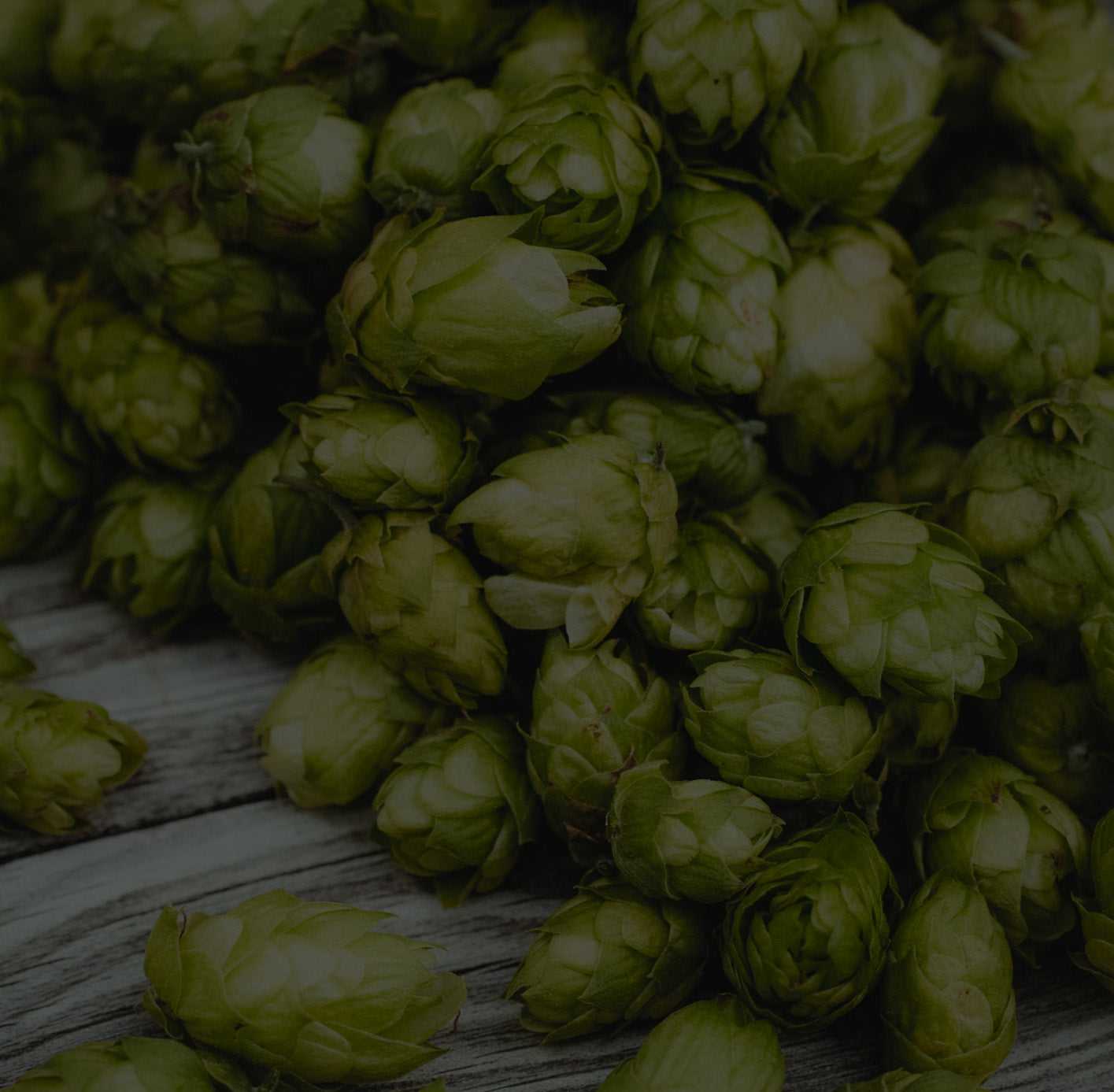
This is a Christmas beer from the olde world. Sweet, fruity, spicy, but also tart and tangy with a hint of funk.
We created this homebrew recipe by shamelessly ripping off Great Lakes Brewing Company's Christmas Ale ingredients. They were nice enough to print them online and we love this beer, so why not! However, we added a bit of a twist to our Christmas Ale homebrew by kicking everything off with a lacto kettle sour.
The idea was to make a "tart" Holiday Ale. It sounded right, so we went with it. However, the lacto fermentation happened a bit faster than anticipated and the flavor definitely drifted into "mildly sour" territory. We also ended up with a bit of funk in this beer due to, most likely, brettanomyces contamination.
We used White Labs lacto bacteria, which is said to often contain some Brett. That could be the case. We also added a pound of honey after the boil, which could have definitely contained some wild yeast. Anyway, the sour mash tasted great so we went with it.
Christmas Beer Recipe - Part I
In this video we grind the grains, mash, chill the wort, adjust pH, and add lacto bacteria. We also have a lot of fun and offer up some "Holiday Pro Tips."
Water
Beginning water volume: 8.00 gallons (30.3 liters). We're using Asheville, NC city water and did not adjust chemistry.
Malts
- Pale Malt: 8 pounds 8oz. (3.9 kg) (72.9%)
- White Wheat Malt: 11.4oz. (323.2 grams) (6.1%)
- Caramel / Crystal Malt 40L: 11.2oz (317.5 grams) (6.0%)
- Special Roast: 8oz. (226.8 grams) (4.3%)
- Roasted Barley: 4oz. (113.4 grams) (2.1%)
Mashing
We mashed at 154F (67.8C) for 60 minutes.

Inserting grain basket

Mashing in
Kettle Sour
After the mash we dropped the wort temperature to 95F (35C) and reduced pH to 4.46 (we were shooting for 4.5) and then added White Labs' WLP 677 lactobacillus bacteria.

It took about 3 days for Ph to drop to 3.45 (we were shooting for 3.5).

Christmas Beer Recipe - Part 2
In this video we check the pH of the wort, boil, and add our spices. After that, we cool it down, add to a carboy for fermentation and pitch the yeast.
Boil Additions
After the lactobacillus souring process was finished we boiled the wort like normal and added our spices. The Great Lakes Christmas Ale beer contains hops but we opted to leave those out since we soured the mash.
Ginger: 1 oz. (28.35 grams) [Boil for 15 min]
Cinnamon: 1 oz. (28.35 grams) [Boil for 15 min]
Honey: 1 lb. (.5 kg) [Flameout]
Cooling and Fermentation
After the boil we cooled the word town to 68F (20C) and pitched Safeale US-05 dry yeast.

This beer was fermented at 67F (19.4C) for 10 days.
Benchmarks
- Post-Mash pH - 5.4
- Post-boil gravity - 1.042
- Post-sour gravity - 1.034 (this should not have changed)
- Final gravity - 1.013
- Final keg volume: 4.9 gallons (18.5 liters)
- ABV - 3.8%
Christmas Ale Homebrew Recipe - Part 3
The Christmas Ale beer is done fermenting. We kegged it up and now it's time to taste.

In this video we bust out the leg lamp and our moose glasses for an epic tasting session.






Leave a comment